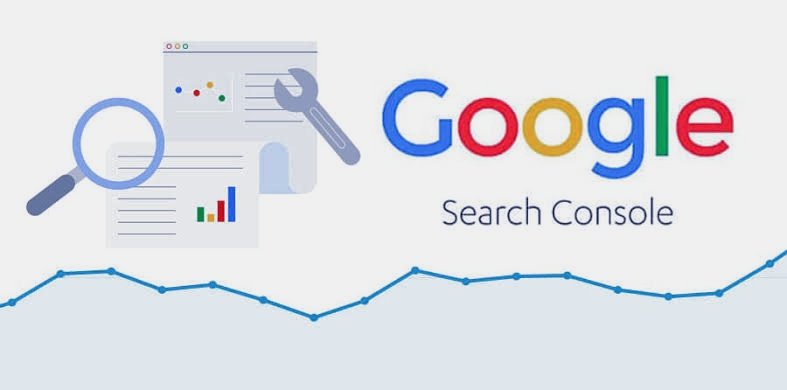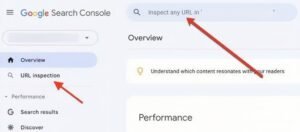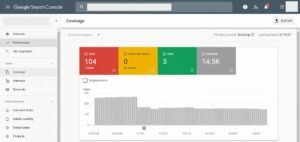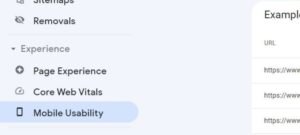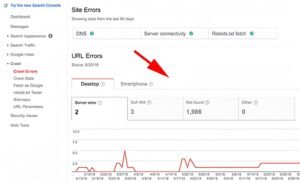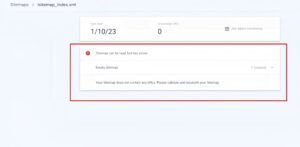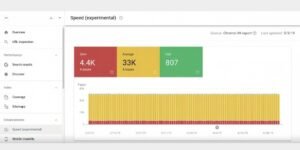What is Déjà vu ?
Table of Content:
- Introduction
- Neurological theories
- Memory overlap theory
- Temporal lobe theory
- Can déjà vu be a sign of a brain disorder?
- Can déjà vu be a symptom of a specific disease?
Introduction:
Déjà vu is a common psychological phenomenon where a person feels like they’ve already experienced a situation or event before, even if they know that they haven’t. It’s a feeling of familiarity or recognition that is not based on any actual memory of the event.
The term “déjà vu” is French for “already seen,” which describes the feeling of having seen or experienced something before, even if you know that you haven’t. It’s a fleeting feeling that can be quite vivid and can happen to anyone, regardless of age or background.
Researchers have proposed various theories to explain déjà vu, including:
1. Neurological theories:
Déjà vu might be caused by misfires in the brain’s memory systems, particularly in areas responsible for memory and perception.
2. Memory overlap theory:
Déjà vu could be the result of the brain mistakenly retrieving a memory from a similar past event, creating the illusion of familiarity.
3. Temporal lobe theory:
The temporal lobe, which processes and stores memories, might be involved in the experience of déjà vu.
Despite these theories, the exact cause of déjà vu remains unclear, and more research is needed to fully understand this phenomenon.
Can déjà vu be a sign of a brain disorder?
In most cases, déjà vu is a harmless and common experience that doesn’t indicate any underlying brain disorder. However, in some instances, frequent or severe déjà vu can be a symptom of various neurological or psychiatric conditions, such as:
1. Temporal lobe epilepsy:
Déjà vu can be an aura or warning sign before a seizure.
2. Anxiety and stress:
High levels of anxiety and stress can trigger déjà vu.
3. Fatigue and sleep deprivation:
Lack of sleep or fatigue can contribute to déjà vu.
4. Neurodegenerative diseases:
Conditions like Alzheimer’s, Parkinson’s, or multiple sclerosis can cause déjà vu.
5. Migraines:
Some people experience déjà vu as a migraine aura.
6. Schizophrenia and psychosis:
In some cases, déjà vu can be a symptom of these conditions.
7. Traumatic brain injury:
Head trauma can lead to déjà vu in some individuals.
8. Medication side effects:
Certain medications, such as antidepressants or antipsychotics, can cause déjà vu as a side effect.
If you experience any of the following, it’s essential to consult a healthcare professional:
- Frequent or persistent déjà vu
- Déjà vu accompanied by other symptoms like headaches, confusion, or memory loss
- Déjà vu that interferes with daily life
- Sudden onset of déjà vu without any apparent cause
In most cases, déjà vu is a benign phenomenon, but if you’re concerned about your symptoms, it’s always best to consult a healthcare professional for proper evaluation and guidance.
Can déjà vu be a symptom of a specific disease?
Yes, déjà vu can be a symptom of specific diseases or conditions, including:
1.Temporal Lobe Epilepsy:
Déjà vu is a common aura or warning sign before a seizure.
2.Alzheimer’s Disease:
Déjà vu can be an early symptom of Alzheimer’s, especially in the mild cognitive impairment stage.
3.Parkinson’s Disease:
Déjà vu can occur in people with Parkinson’s, possibly related to dopamine dysregulation.
4. Multiple Sclerosis:
Déjà vu can be a symptom of MS, particularly during relapses.
5. Migraines:
Déjà vu can be an aura symptom before a migraine headache.
6. Schizophrenia:
Déjà vu can be a symptom of schizophrenia, especially during psychotic episodes.
7. Traumatic Brain Injury:
Déjà vu can occur after a head injury, possibly due to disrupted neural connections.
8. Dementia with Lewy Bodies:
Déjà vu can be a symptom of this neurodegenerative disorder.
9.Frontotemporal Dementia:
Déjà vu can occur in people with frontotemporal dementia.
10. Post-Concussion Syndrome:
Déjà vu can be a symptom of post-concussion syndrome after a mild traumatic brain injury.
Have you ever experienced déjà vu?
If you’re experiencing déjà vu and are concerned about your health, consult a healthcare professional for proper evaluation and diagnosis. They will assess your overall health and determine if your déjà vu is related to an underlying condition.







